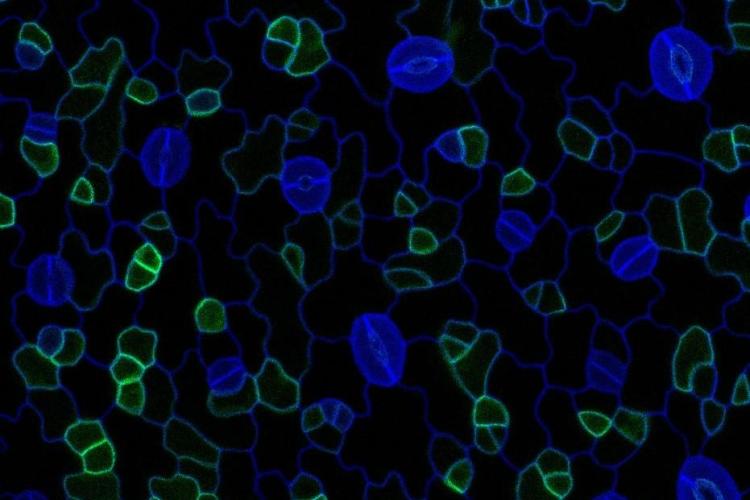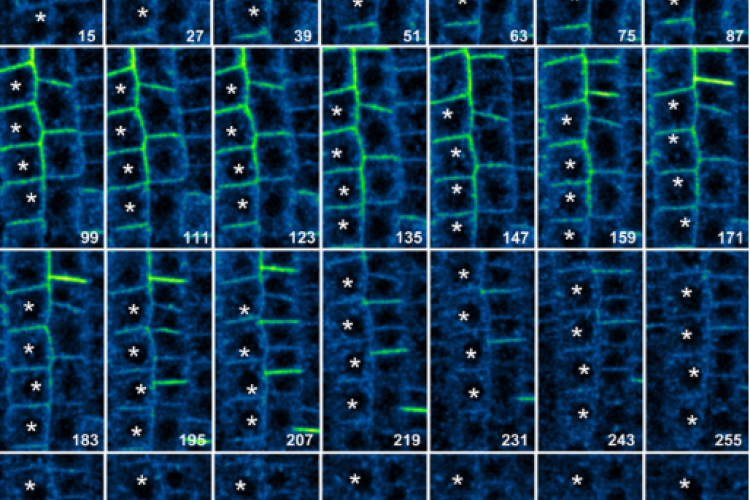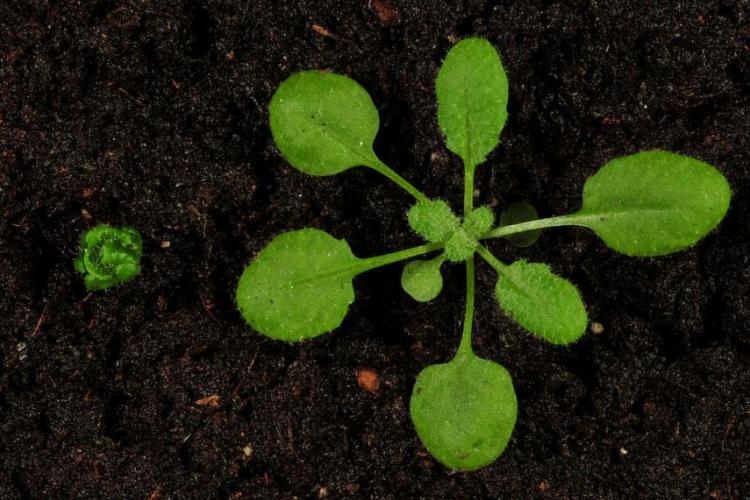New insights into plant growth: Asymmetric distribution of brassinosteroids after mitotic cell division
Researchers at the VIB-UGent Center for Plant Systems Biology have revealed crucial insights into the role brassinosteroids – essential plant hormones – play in regulating cell division and growth.



